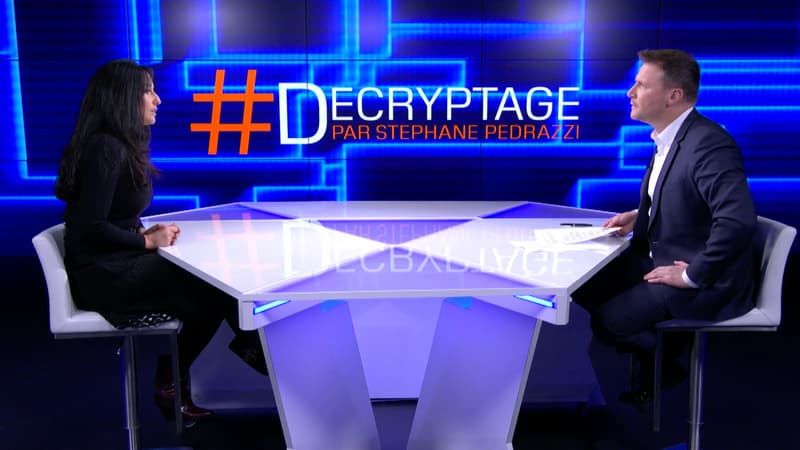What advantages does Design Thinking bring to the design of digital products and services?
Design thinking is a human-centered approach to innovation. This is a multi-step design process. It is dedicated to designing or modifying a product or service, taking into account as a basis for reflection the resolution of a user’s expectation (a specific problem, a need, a lack, etc.). By being more empathetic and attentive to its users, the company will have more possibilities to provide real added value to its product and will be able to better differentiate itself from the competition.
Looking at the products around us, several successful players have based their success on the added value of the user experience. We can mention Captain Train, Citymapper and of course, the classic: Uber. What these success stories have in common is an exceptional user experience.
How does this work in practice?
Design thinking is based on empathy and exploration with the goal of revealing as many problems as possible and better identifying user frustrations.
Today, in a reflection of design thinking, our consultants will carry out these 5 key steps through the management of various workshops:
● troubleshooting,
● reflection,
● conceptualization,
● the development strategy,
● tests.
Design thinking is based on empathy and exploration first with the goal of revealing as many problems as possible and better identifying user frustrations. We collect as much information as possible about the problem and then launch the ideation and design phases to work on more solid foundations and better guide decisions. The last phase will then be to test this design among the target users to validate the usability.
Agile and design thinking will also ideally complement each other to speed up the same project. Design thinking focused on the “why” and would intervene upstream to envision a solution to a problem. Agile would focus on the “how” and then step in to find the solution. All this reconciling the technical, budgetary and time limitations of our clients.
What does it mean to put the user experience at the center of the value proposition?
Putting the user at the center of the value proposition means bringing the product or service closer to the user. We provide an effective solution to a specific problem, all in accordance with the business challenges of our clients.
This applies not only in feature development, but also in word choice and placement, also known as UX writing.
This is what many of our clients are already doing, for example developing eCommerce chatbots to replicate the in-store experience, applying operational transparency to explain what is really happening instead of showing a waiting time, or using the famous Goal Gradient Effect that consists of creating a virtual finish line through progress bars, because what we still have to do motivates us more than what we have already achieved.
At Beelix, all of our employees are trained in this user-centric vision. Whether you are a candidate, consultant or client. We co-create with our partners a unique consulting experience.
What role does data analysis play in this process?
Today, however, data is an enabler for every business strategy. A good data strategy must be focused on the user and well aligned with the business.
By combining data and design thinking methodology, our UX researchers will define the company’s strategy, priorities, necessary operational reorganizations, and the associated roadmap.
The advantage of data analysis is that it provides a factual indicator of the effectiveness of our methodology. It also allows, thanks to machine learning and artificial intelligence, to identify points of attention or user frustrations.
Today, for which sectors does Beelix work?
You should know that design thinking applies to all trades and all sectors of activity. We work mainly for large groups that are present in various sectors: banking, insurance, industry, tourism, leisure and others, as well as for the public sector.
This content was produced with SCRIBEO. The BFMBUSINESS editorial team was not involved in the production of this content.
Source: BFM TV


